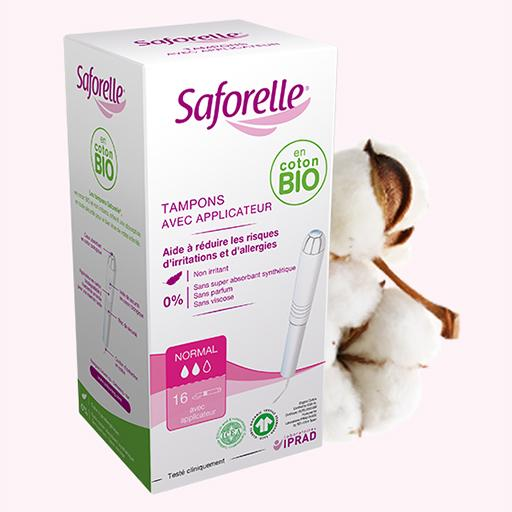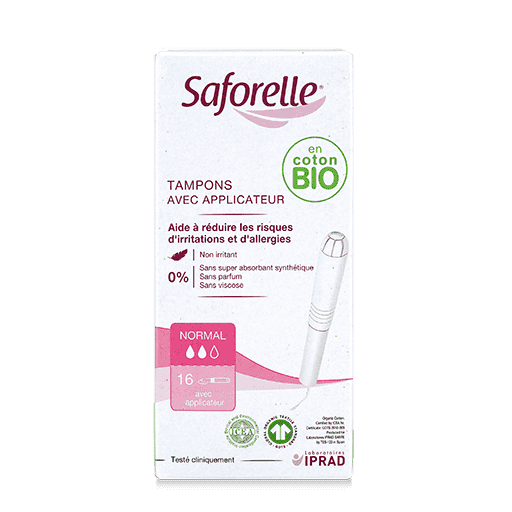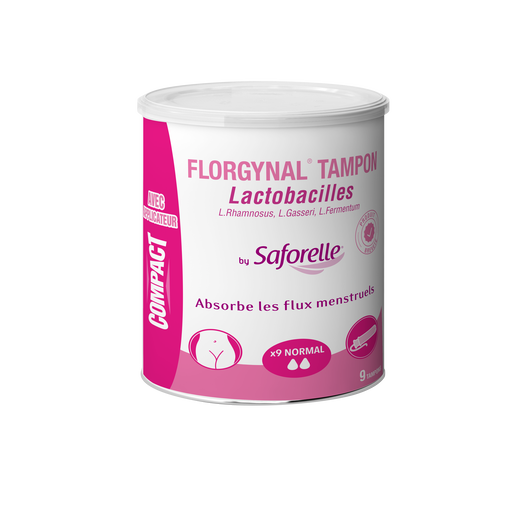How to insert a tampon with applicator

There are two types of tampon: those with an applicator and those without one. The main difference between the two? An applicator makes it easier to insert into the vagina. So, how can you easily insert a tampon with an applicator?
First wash your hands.
It is essential that your hands are clean before handling a tampon. This will prevent the tampon and its applicator being contaminated with any germs you may have on your hands which could, ultimately cause a vaginal infection.
Learn to understand your anatomy to position the applicator properly
Inserting a tampon with applicator requires a good understanding of your anatomy. Women’s genital are internal, making them hard to see. A simple and effective way to understand your anatomy is to look at yourself in the mirror, spreading apart the labia majora. You will see that the entrance to the vagina is located between the urethra (the urinary orifice from which urine flows) and the anus, located behind it.
Relax and find a comfortable position
As the vagina is made up of muscles, it is much easier to insert a tampon with applicator if you are relaxed. A comfortable position allows you to spread your knees apart easily. Generally, the position that offers the best access and visibility for inserting a tampon is when sitting on the toilet.
Insert the tampon with applicator
To insert a tampon with applicator, hold the tampon halfway up, between your thumb and forefinger, and place your index finger at the end, where the string comes out. Insert the other end of the applicator into the vagina, aiming towards the back, then gently push until your thumb and forefinger touch the skin of your vulva. Next push the tampon into the vagina, pressing with the index finger until the narrower part of the applicator has been pushed fully into the wider part. It should be placed deep into the vagina, so you cannot feel it. Finally, gently remove the applicator, put it back into its original packaging and throw it in the bin.
How to remove a tampon
Once again, you need to be relaxed when removing a tampon. Just pull gently on the string to bring out the tampon. Wrap it in toilet paper and throw it in the bin.
Information on Toxic Shock Syndrome (TSS)
TSS is a rare but dangerous infection caused by toxins of bacterial origin (Staphylococcus aureus) usually found on the skin and in the nose. This infection can affect men, women and children, but the risk of contracting TSS is higher in teenagers and women under 30 years of age. Though rare, it is important to know what the symptoms are so that you can take action if necessary. It is also crucial to be able to recognise the first signs of TSS so that you can treat it from the outset.
The symptoms of toxic shock are as follows: high temperature of sudden onset (39° or higher), nausea, vomiting, loss of consciousness, diarrhea, muscle pain, throat pain, skin rash similar to sunburn.
Only some of these symptoms may appear. Left untreated, TSS can cause serious infection with fatal consequences. If you notice one of these symptoms, remove your cup immediately and consult a doctor. You should tell him/her that you have used a cup. Speak to your doctor before reusing a cup.
To reduce the risk of contracting TSS, empty the cup a maximum of every 6 hours. You can also use a Saforelle sanitary towel at least once a day and during the night. If you do not use a cup, the risk of contracting TSS is reduced but cannot be ruled out.

JULIANE BERDAH
Medical and obstetric Gynaecologist




